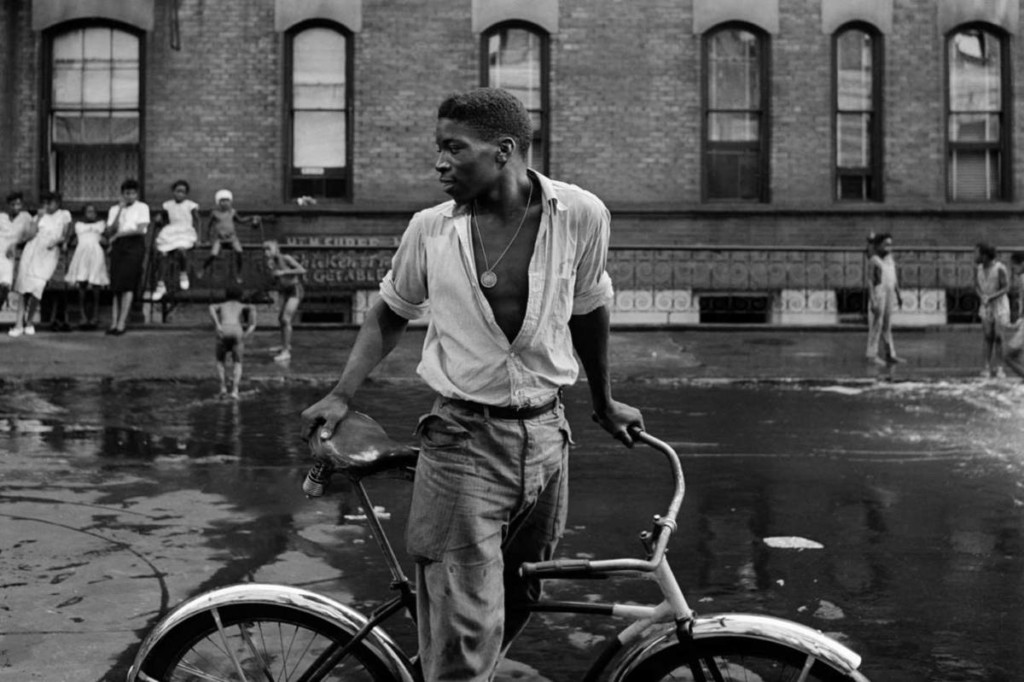Excitement About Framing Streets
Excitement About Framing Streets
Blog Article
Indicators on Framing Streets You Should Know
Table of ContentsLittle Known Facts About Framing Streets.Facts About Framing Streets Uncovered4 Simple Techniques For Framing StreetsSome Of Framing StreetsThe Framing Streets IdeasExamine This Report about Framing Streets
Photography genre "Crufts Pet dog Program 1968" by Tony Ray-Jones Street photography (additionally occasionally called candid digital photography) is photography conducted for art or questions that features unmediated opportunity encounters and arbitrary cases within public locations, normally with the aim of recording photos at a definitive or emotional minute by cautious framing and timing. 
Framing Streets - Questions
Susan Sontag, 1977 Road digital photography can focus on individuals and their actions in public. In this regard, the road photographer resembles social docudrama professional photographers or photographers who also work in public places, but with the objective of recording relevant occasions. Any of these photographers' images may capture people and building noticeable within or from public places, which typically requires browsing moral problems and legislations of privacy, safety, and building.
Depictions of day-to-day public life create a style in virtually every period of globe art, beginning in the pre-historic, Sumerian, Egyptian and early Buddhist art periods. Art taking care of the life of the street, whether within sights of cityscapes, or as the dominant concept, shows up in the West in the canon of the Northern Renaissance, Baroque, Rococo, of Romanticism, Realistic look, Impressionism and Post-Impressionism.
The 6-Minute Rule for Framing Streets
Louis Daguerre: "Blvd du Holy place" (1838 or 1839) In 1838 or 1839 the first picture of numbers in the road was taped by Louis-Jacques-Mand Daguerre in one of a set of daguerreotype sights drawn from his workshop window of the Blvd du Holy place in Paris. The second, made at the elevation of the day, reveals an unpopulated stretch of street, while the other was taken at regarding 8:00 am, and as Beaumont Newhall records, "The Boulevard, so continuously look here full of a moving bunch of pedestrians and carriages was perfectly singular, except a person that was having his boots cleaned.
, that was inspired to carry out a similar documents of New York City. As the city created, Atget assisted to advertise Parisian roads as a worthwhile subject for digital photography.

Little Known Questions About Framing Streets.
Martin is the initial taped photographer to do so in London with a disguised electronic camera. Mass-Observation was a social study organisation established in 1937 which intended to tape-record day-to-day life in Britain and to record the reactions of the 'man-in-the-street' to King Edward VIII's abdication in 1936 to wed divorce Wallis Simpson, and the succession of George VI. Andre Kertesz.'s extensively admired Images la Sauvette (1952) (the English-language version was titled The Decisive Minute) promoted the idea of taking a photo at what he labelled the "crucial minute"; "when kind and web content, vision and make-up merged into a transcendent whole" - Street photography.
Some Known Facts About Framing Streets.
, then an instructor of young kids, associated with Evans in 193839.'s 1958 publication,, was considerable; raw and typically out of focus, Frank's photos questioned traditional digital photography of the time, "tested all the formal regulations laid down by Henri Cartier-Bresson and Pedestrian Evans" and "flew in the face of the wholesome pictorialism and heartfelt photojournalism of American magazines like LIFE and Time".
Report this page